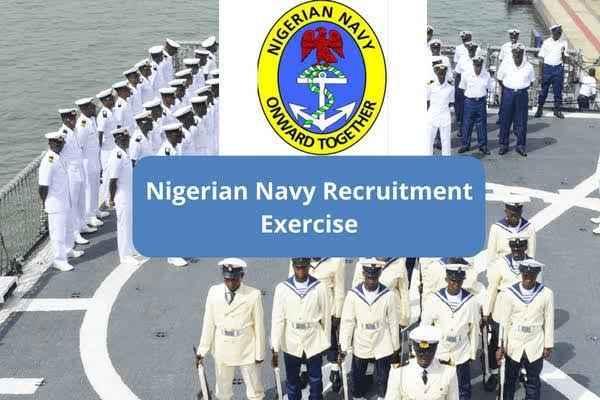Nigeria Navy Ranks And Symbols

The Nigerian Navy, a crucial arm of Nigeria's Armed Forces, is responsible for safeguarding the nation's maritime borders and interests. The ranks and symbols within the Nigerian Navy are designed to create a clear hierarchy, ensuring order and discipline within the force. Understanding these ranks, both for commissioned and non-commissioned officers, is essential for appreciating the structure and functioning of the Navy.
Commissioned Officers:
The commissioned officers in the Nigerian Navy hold significant authority and are responsible for major operational decisions. Here’s an overview of their ranks, from the highest to the lowest:
-
Admiral of the Fleet: This is the highest rank in the Nigerian Navy, but it is rarely awarded. It is an honorary position, equivalent to a Field Marshal in the Army. The insignia for this rank typically features a unique arrangement of symbols that denote its prestigious status.
-
Admiral: Currently, this is the highest active service rank in the Nigerian Navy, similar to a General in the Army. Admirals are four-star officers and usually occupy the most senior positions in the Navy, including the Chief of Naval Staff.
-
Vice Admiral: This is a three-star rank, equivalent to a Lieutenant General in the Army. Officers at this level hold significant command roles and are often second in command to the Admiral.
-
Rear Admiral: A two-star officer rank, Rear Admirals are key figures in the Navy’s command structure. They often oversee major naval operations and are superior to Commodores.
-
Commodore: This rank is equivalent to a Brigadier in the Army. Commodores typically command groups of ships or serve in high-level staff positions.
-
Captain: Captains are senior officers responsible for commanding large ships or important naval installations. Their rank is equivalent to a Colonel in the Army.
-
Commander: Commanders are in charge of smaller ships or naval units. This rank is equivalent to a Lieutenant Colonel in the Army.
-
Lieutenant Commander: A Lieutenant Commander is a mid-level officer, superior to a Lieutenant but below a Commander. They may command small ships or serve as executive officers on larger vessels.
-
Lieutenant: Lieutenants are junior officers who may command smaller naval vessels or serve as department heads on larger ships. Their rank is equivalent to a Captain in the Army.
-
Sub-Lieutenant and Acting Sub-Lieutenant: These ranks are held by junior officers, often in training or in their first command positions. They are equivalent to a Lieutenant and Second Lieutenant in the Army, respectively.
-
Midshipman: This is the entry-level rank for commissioned officers, where they undergo training before being promoted.
Non-Commissioned Officers:
Non-commissioned officers (NCOs) are the backbone of the Navy, responsible for carrying out orders and maintaining discipline among the ranks. Here’s a breakdown of NCO ranks:
-
Warrant Chief Petty Officer: The highest non-commissioned rank, Warrant Chief Petty Officers are highly experienced and skilled, providing essential support to commissioned officers.
-
Chief Petty Officer: Chief Petty Officers are senior NCOs responsible for leading larger teams and taking on specialized roles within the Navy.
-
Petty Officer: This is a mid-level NCO rank, where officers lead small teams and manage day-to-day operations.
-
Leading Rating: Leading Ratings are the first level of NCOs, responsible for guiding junior sailors and ensuring that tasks are completed efficiently.
-
Able Rating and Ordinary Rating: These are the entry-level ranks for sailors, where they gain experience and prove their abilities before moving up the ranks.
-
Trainee: This is the initial rank for recruits who are undergoing training to become full members of the Navy.
Symbols and Insignia
The ranks in the Nigerian Navy are distinguished by specific insignia that are worn on uniforms. These symbols vary in design, featuring stars, anchors, and stripes to indicate the rank of the officer. The complexity and number of symbols generally increase with the rank, providing a visual representation of the individual’s level of authority and responsibility within the Navy.
Conclusion
The structure of ranks and symbols in the Nigerian Navy is designed to maintain order and efficiency. Understanding these ranks helps in appreciating the roles and responsibilities of those who serve in this vital branch of Nigeria's armed forces.







